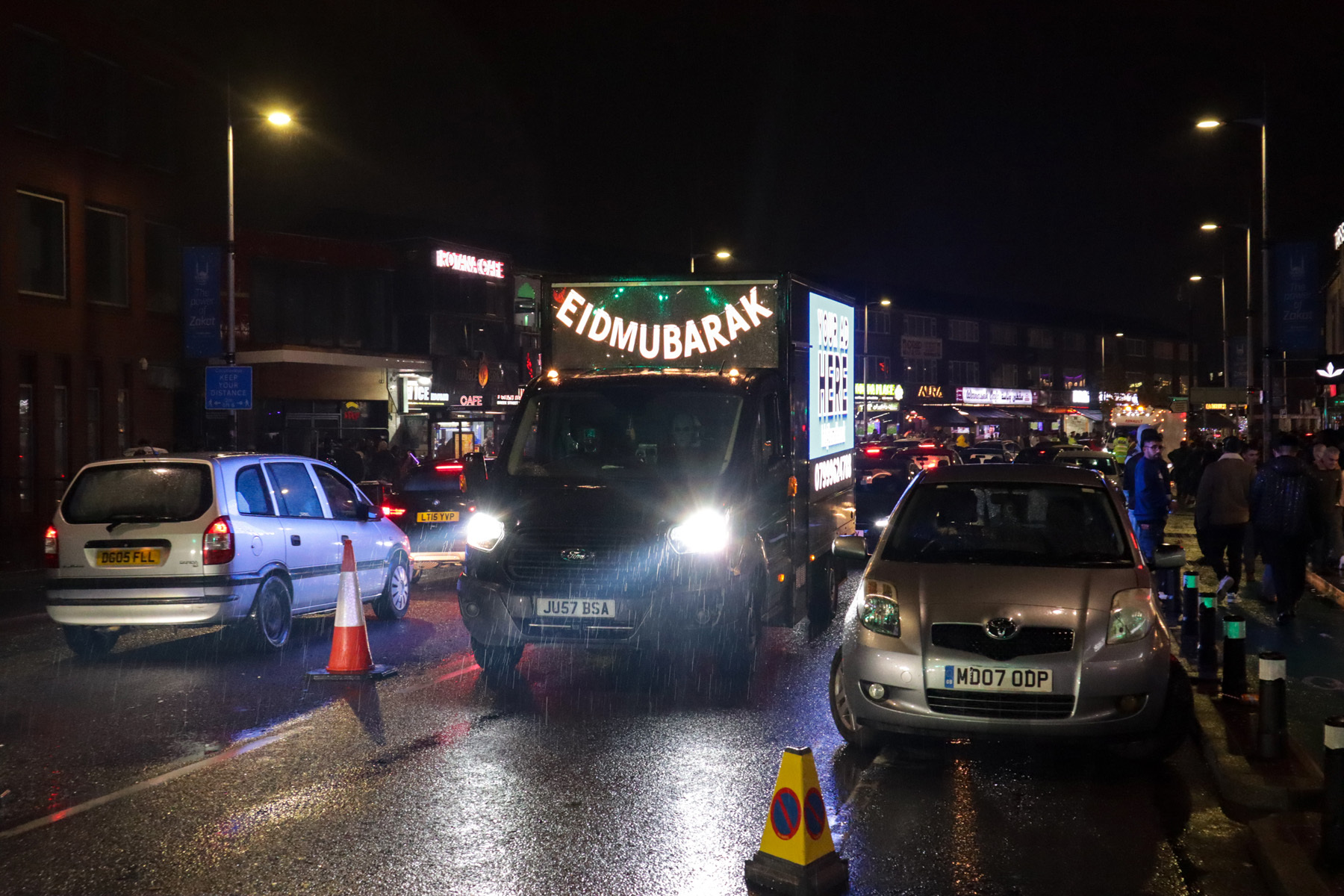It’s worth considering the mid-2000s in their wider context: the UK’s millennium hangover, New Labour’s mismanaged multiculturalism, neoliberalism gaining momentum, the spectre of far-right-sparked riots, and an uptick in racism exacerbated by the invasion of Iraq.
History exists in the same way our very cells do: constant decay and regeneration, continual renewal. We record the events that make up our lives, and the traditions that impart them with meaning, over and over. Our histories are written, by us or by outsiders – written, re-written, and overwritten.
This can be seen in real-time: the UK electronic music press has welcomed an influx of talented South Asian music producers and DJs over the past year-and-a-half, dubbed the ‘new South Asian Underground’. The Daytimers collective, founded by Provhat Rahman and aspiring towards pan-South Asian representation, has been at the tip of this spear. Press releases claim that Daytimers “hosted the first all-South Asian music festival, Dialled In” along with Ahadadream’s South Asian artist-focused No ID club night, and creative project Chalo. But memories and search engine algorithms bend to recency and visibility biases, and as the ‘new South Asian Underground’ arrives, we should consider the histories re-written and overwritten in this moment.
The Asian Underground first referred to the wave of UK-based South Asian artists fusing sounds rooted in the Subcontinent with electronica, drum and bass, trip-hop, reggae and more at the turn of the millennium. The successes of Talvin Singh, Apache Indian, Nitin Sawnhey, Asian Dub Foundation et al. are widely acknowledged, not least by today’s new wave paying tribute to their forebears. Yet the idea that a ‘new South Asian Underground’ is only surfacing now suggests that the 20 years in-between were devoid of British South Asians being heard. In reality, the music never stopped.
In the early 2000s, for young Mancunian Pakistanis like myself, MCs Metz N Trix seemed like the biggest deal in the world, bringing the incendiary flair of garage to bhangra alongside R.D.B. and Panjabi Hit Squad. The Bend It Like Beckham soundtrack would further popularise bhangra acts such as B21, while Dr. Zeus’ ‘Kangna’ would imbue the sound with hip-hop. It would later be incorporated into one-hit wonder pop-RnB trio Rouge’s ‘Don’t Be Shy’. As the inaugural UK Asian Music Awards attested, 2003 saw the rise of another major force in the form of Rishi Rich.
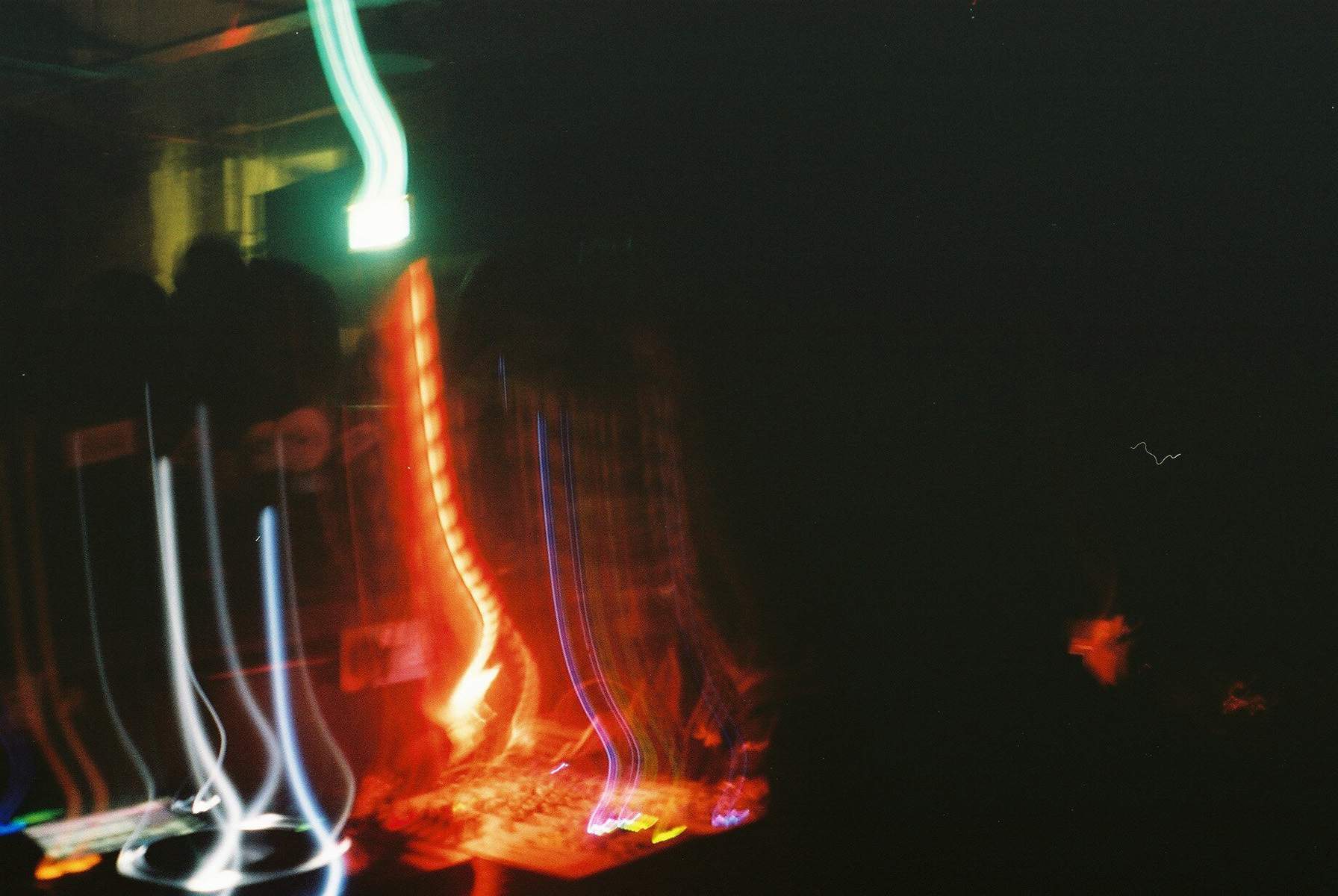
He’d build on an impressive remixing and production career by introducing audiences to Jay Sean and Juggy D – both sensations in their own right. Ms. Scandalous snuck in ‘Hai Hai’ before garage lost out to grime, and it’s around here that some felt the moment was over.
It’s worth considering the mid-2000s in their wider context: the UK’s millennium hangover, New Labour’s mismanaged multiculturalism, neoliberalism gaining momentum, the spectre of far-right-sparked riots, and an uptick in racism exacerbated by the invasion of Iraq. The racialised impact of Islamophobia at home perhaps reached an apex of intensity after the 2005 London bombings. For the few years following, there’s scant ground afforded to South Asians unless it’s to play TV show terrorists, as satirised by Riz Ahmed’s music debut, ‘Post 9/11 Blues’. It was suddenly even more difficult to be Muslim in Britain, and for many, this essentially meant anyone who appeared to be brown.
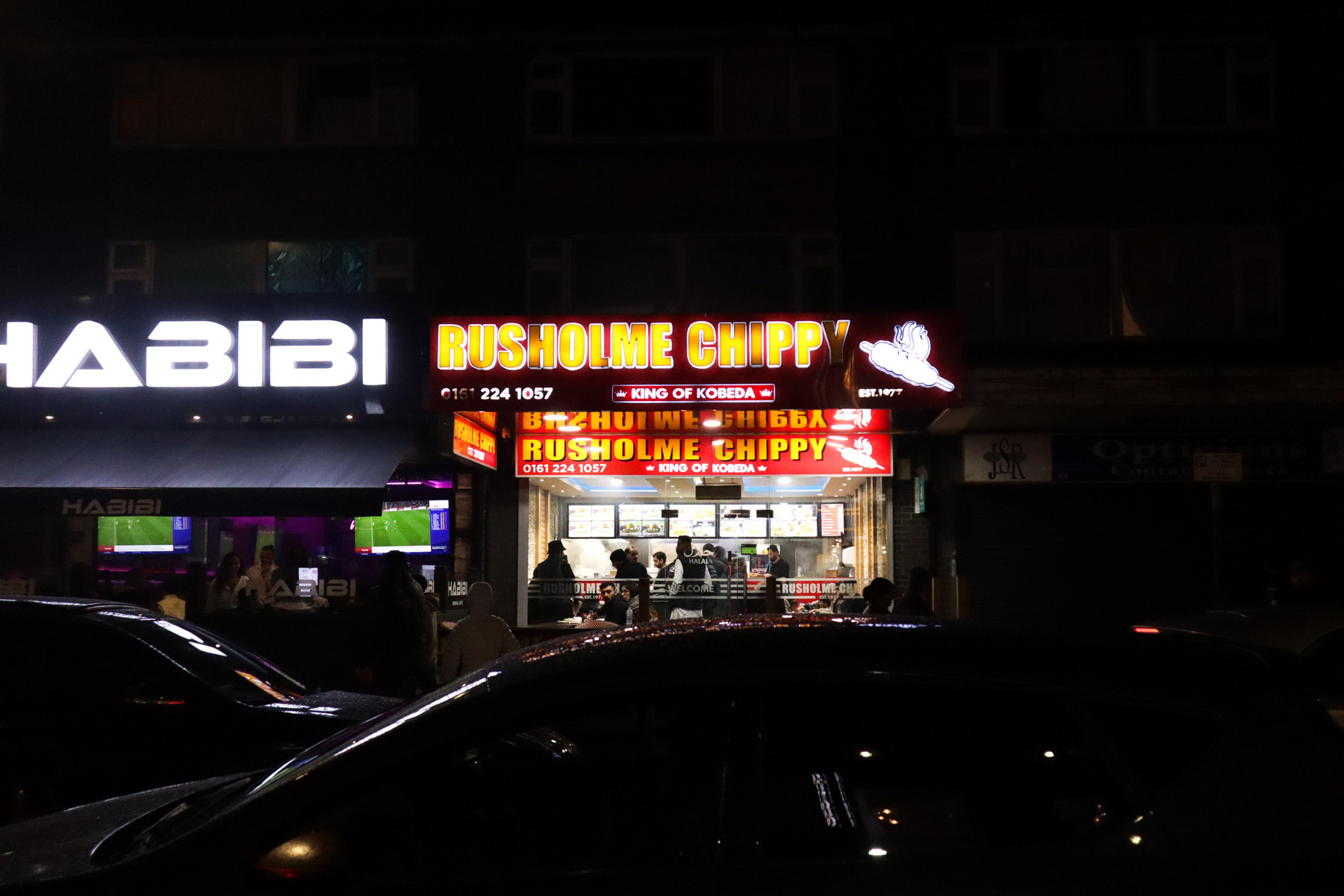
Around this time, BBC radio presenters Bobby Friction and Nihal regularly broadcasted producers such as LH1 and Badeshi. The latter infused breakbeats and rave with folk instrumentation and filmi samples. His early tunes have disappeared from the web, save for the handful of low-quality MySpace rips I happened to hold onto. It was a transitionary period of new formats and microgenres (bhangra niche, anyone?) in a shapeshifting music economy, and many artists’ works did not survive beyond it – fitting for Badeshi, who’s named after a forgotten language, lost to time and globalisation.
The early 2010s blog era of producers, DJs and singer-songwriters followed, empowering artists to digitally distribute their own work. Bake started his All Caps label, DEBONAIR’s NTS Radio show began, Kindness dropped their debut LP, and Balraj Samrai co-founded Swing Ting. Nabihah Iqbal and My Panda Shall Fly started producing, Sukh Knight spun records across the student circuit with True Tiger and Jai Paul’s early tracks and leaked recordings would shake the entire scene. In pop, Naughty Boy topped charts with music once considered underground, while Charli XCX would, in a roundabout way, reclaim South Asian influence from Gold Panda’s music by sampling his tune ‘You’.
It’s hard to overemphasise the importance of Manara’s return. When Manara was at the wheels, styles would mutate with a flexibility and ferocity rarely seen before.
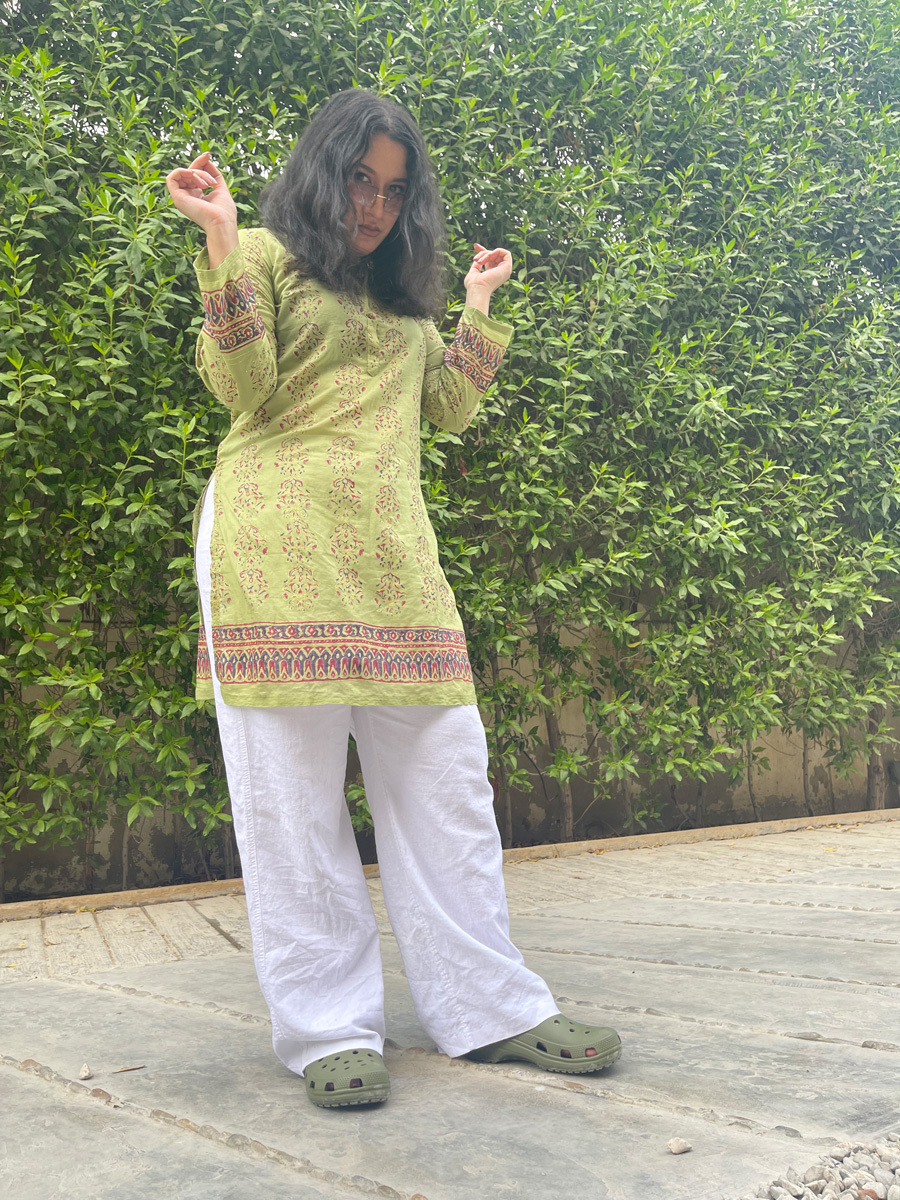
In the mid-2010s, Leo Kalyan started out, openly discussing the influence their culture and heritage was having on their music even if not overtly recognisable. anu juggled genres on the decks, Sarathy Korwar and Melt Yourself Down pushed jazz forward, while Rochdale beatmaker Menace laid down the instrumental for ‘Panda’. Joy Crookes made waves with a standout
appearance on nascent YouTube music channel COLORS. Steel Banglez produced for grime and UK rap’s central figures, Faze Miyake released a solo LP, Swet Shop Boys formed and crucially, Manara returned to DJing.
It’s hard to overemphasise the importance of Manara’s return. When Manara was at the wheels, styles would mutate with a flexibility and ferocity rarely seen before. Filmi classics and Bollywood edits from DJ Xtreme collided with grime instrumentals, dancehall, RnB, funky, UKG and more, proving formative for newer DJs such as Akash, Zaleel and myself. Her notorious blend of ‘Dola Re Dola’ and ‘Igloo’ during her 2017 Boiler Room set didn’t pave new ground so much as it toasted the sound she’d been developing for years prior already. Soon she’d make the leap from heading up the cheekily named BBC AZN Network to playing every Saturday night on BBC Asian Network proper.
In 2018, Nabihah Iqbal wrote in major culture platform Dazed Digital: “Apart from Zayn Malik, I couldn’t think of many other prominent Asian names within the current UK music scene, mainstream or underground.” In 2021, she’d guest-edit a special South Asian series for high-profile electronic music publication Mixmag, and one of the core communications from new crew Daytimers in the press was that there’d been a dearth of South Asian representation. This London-centric view ignores many working in alternative networks or outside the UK capital (such as Leeds’ Symrun and Glasgow’s Hawkchild DIY), as well as the fact that many of the original Asian Underground’s musicians had active careers bubbling away during this time. Combined with the aforementioned new acts that sprang up during these decades, such a suggestion seems inaccurate.
Iqbal’s intention to break down barriers to access music for South Asians was clear, but what tangibly changed in the three years between these articles in the British music press? DJ and Daytimers associate Yung Singh rekindled interest in an older Punjabi garage sound with a mix that gained substantial interest across the scene, but it was by no means the only source of Punjabi garage music around this time. Daytimers established themselves as a new crew of South Asian creatives, but if they and fellow Dialled In festival organisers are seen to be the ‘new South Asian Underground’, then what of the UK-based South Asians pushing music forward outside of that banner?
To knowingly solicit white gaze is dangerous territory, as it disempowers and disenfranchises its subjects, reducing their agency.
Writing in Mixmag in September 2021, Chalo and Dialled In co-founder Dhruva Balram acknowledged that white gaze actively amplified this group of South Asian artists, while musician Sarathy Korwar spoke of utilising and directing it in the same article. To knowingly solicit white gaze is dangerous territory, as it disempowers and disenfranchises its subjects, reducing their agency. Chasing representation under this lens is a zero-sum game that does little to challenge broader structural and systemic causes of marginalisation. After all, coverage of the ‘new Asian Underground’ benefitted from music publications’ attempts to appear more inclusive following the murder of George Floyd, and Mixmag seemed to have comparatively limited coverage for Black History Month the following issue. Both music publications and South Asian artists could better recognise that the underlying Western music their work relies on is, at its heart, sound system music in the Afro-Caribbean diasporic tradition.
As writer Adwait Patil observed in an Asian Underground retrospective for NPR, the diaspora was often fractured, and it remains so today. Our many heritages are not interchangeable, nor are the ways in which we are marginalised. There are wealth disparities and class issues among diaspora here and across our families in the Subcontinent, with religious divides joining us on our journeys across the globe. Colourist and antiblack attitudes existed in South Asia even before British rule, and casteism continues to rear its head even in our bhangra music. Any pan-South Asian effort for unity with a geographic, one-size-fits-all approach to community and solidarity that doesn’t recognise the implications of our differences risks replicating the pre-existing harmful dynamics among our peoples. Perhaps we might better recognise our own histories before having the present moment written in stone, if we are to truly define ourselves as something new.
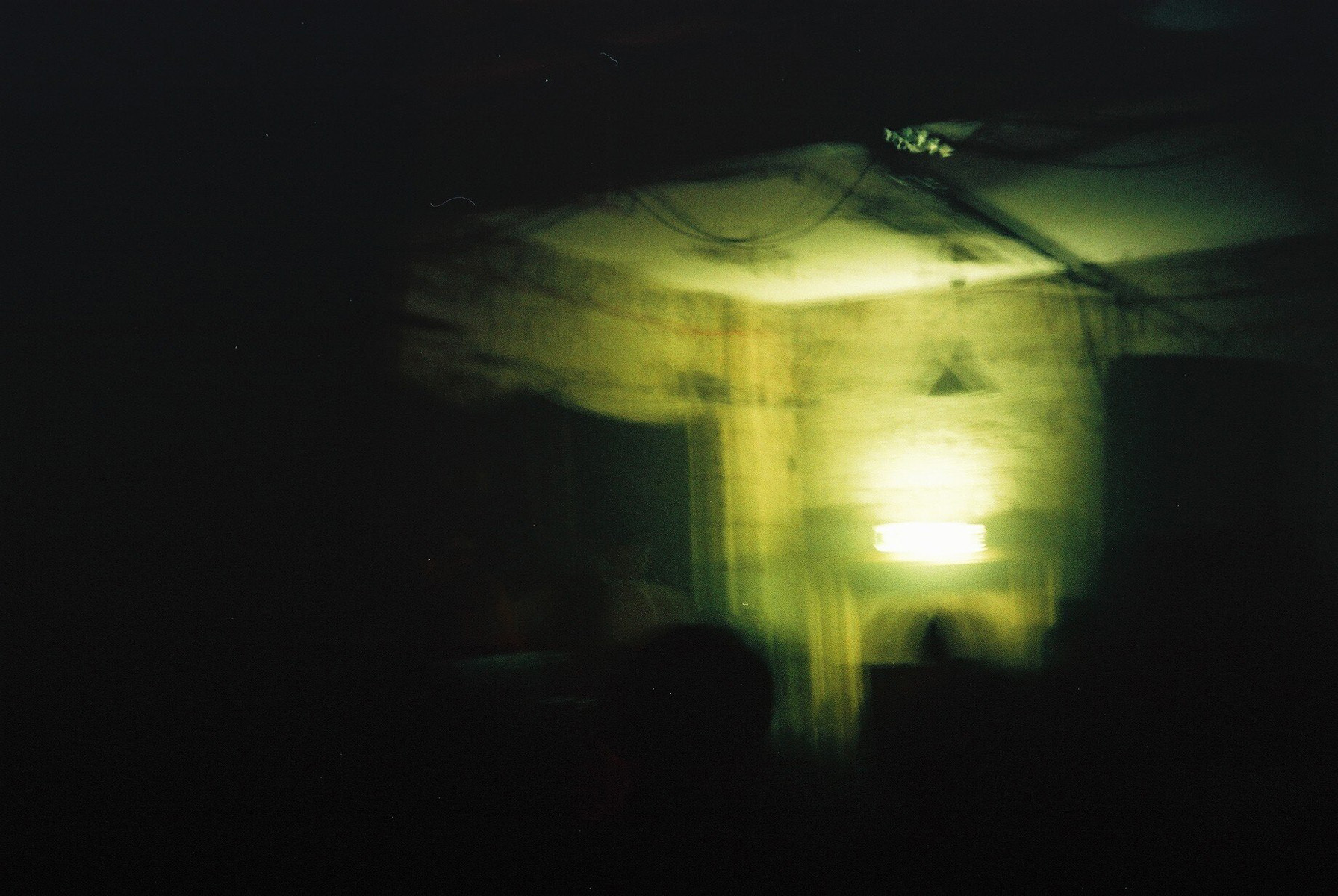
This article was written in early 2022
